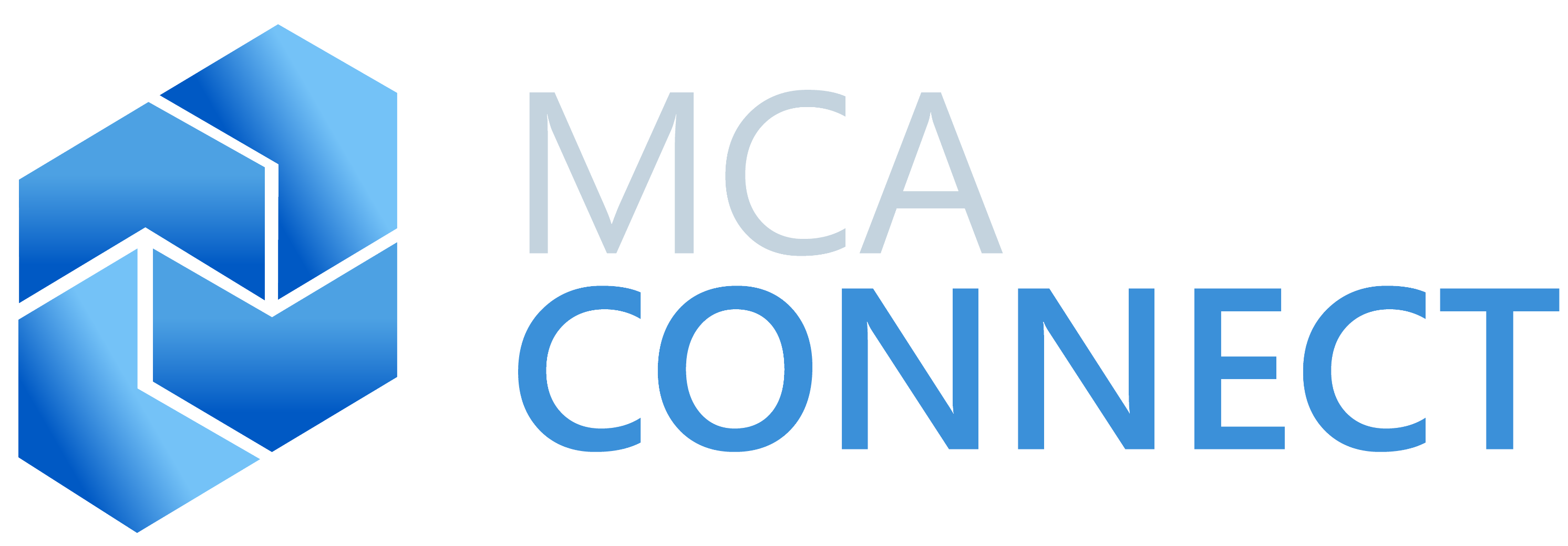Can a technology platform that’s been around since 1988 still provide business value? If you are old enough to recall 1988, you’ll remember that the average person didn’t have a cell phone, email, or the Internet. Technology has come a long way since then. In fairness, the AS/400 has also been improved over time. But if your organization is still running operations on an AS/400 system, you’re probably wondering what you’re missing out on – and is it time to move to a more modern platform. Let’s explore.

What is the AS/400?Developed by IBM, the AS/400 system is an integrated solution that combines hardware (AS/400), an operating system (OS/400), and an integrated database that manages core functions across the enterprise. Both the hardware and the software have gone through many upgrades, revisions, and name changes over the years. While many still refer to the system as an AS/400 or sometimes an iSeries IBM server, today’s hardware is technically Power Systems, which runs an updated operating system called IBM i. ERP Solutions for the IBM i on Power SystemsSeveral enterprise resource planning (ERP) systems continue to operate on the AS/400 – IMB i platform, including:
One key reason organizations have stayed on the IBM platform for so long is that while it continually improves, it also continues to support older programs. For example, you can run a program created for the AS/400 in 1988 on a Power Systems server today with little or no changes. Some of those old “green screen” systems are still running critical business operations today in industries like:
These legacy ERP systems, once satisfactory, are showing their age. Support for the systems is fading out and career professionals prefer to work on modern systems. Your company needs a system that will stay current with new technology, support your data models, and deliver an easy user experience. Why would you stay on World or AS/400?The easiest thing to do is nothing, make no changes. The system works, why change it? If you stay, you experience:
But there are hidden costs to doing nothing.Over time, the costs of maintaining a legacy ERP system start to really add up. Finding employees and consultants who know (and are willing to work on) older software versions can be difficult. The trusted IT team members who have been supporting these systems for years are likely facing retirement soon. Maintaining customizations have grown increasingly complex and difficult to manage. If you lose key resources who know your systems inside and out, this brain drain can create the risk of no one really knows how the system works. You need features that allow you to be innovative and efficient. Many users complain about poor usability, lack of compatibility with the cloud, and that the data is “locked” inside IBM. The “sunk cost fallacy” is a powerful cause of inertia. It’s easy to look at just how much you have already invested, instead of how much you have to gain. Replace or maintain?To gain clarity about whether to replace your old AS/400 / Power Systems, ask yourself these three questions:
Modern ERP systems allow you to stay competitiveModern ERP systems have been built specifically for the cloud and our “mobile-first” world. Microsoft Dynamics 365 Finance makes it easy for employees to securely work remotely, while collaborating efficiently with their teams across town – or supporting customers across the world. If you had to start over today, the choice would be clear. But if you haven’t looked at other ERP systems in a while, you may not even know what features to expect – or understand the architecture of a cloud environment. What do modern ERP systems have that World or AS/400 systems don’t?The benefits are significant. No matter which outdated ERP system or version you’re currently running, moving to a newer system will undoubtedly result in these benefits: More Support OptionsFewer consultants and programmers still work with World or AS/400 systems. By contrast, there are thousands of Microsoft Certified Professionals and ERP specialists that give full business support. As newer technologies and software are developed and invested in, older, more obsolete products will be faded out over time, which means less and less support. A Modern InterfaceNearly everyone knows how to use a PC and their smartphone today. The screens are colorful. Menu options are intuitive. We can access information on the go. The ERP system looks and feels more like all the other productivity tools in your office. More FunctionalityIf there are features/solutions that you need that aren’t part of the core ‘out of the box’ system, you can often find partnering solutions that can integrate with the new system. Older systems cannot easily integrate with partnering solutions because the solutions are fresh technology and built to be integrated with modern systems. In addition to partnering solutions, Microsoft’s Research and Development team are consistently discovering and creating innovative ideas to add to their software products. More FlexibilityWhen your business model changes, you can easily re-configure the system, usually without any programming. Business intelligence tools like Power BI can combine insights from multiple enterprise software tools into cohesive dashboards and reports to help you stand out in your industry. Better InsightYou can view reports easily and see actionable insights from your data by marrying your system data with big data. Use machine learning and predictive business analytics to forecast demand and reduce data quality issues. Attract and Retain EmployeesAs World and AS/400 systems grow older, so are the people who know how to work and configure the systems. And as those employees near retirement age, the positions will need to be filled. But with an older system in place, it is harder to attract and hire new, younger employees because they did not learn how to work with the older systems. Most college grads studied the modern systems and know all the ins and outs. Why Replace your AS/400 System with Microsoft Dynamics 365 Finance now?Support Remote Work & eCommerceContactless communications and transactions have become the norm. A cloud-based ERP system like Dynamics 365 Finance provides a platform for remote work. Teams can collaborate efficiently to improve the customer experience. Employees who are able to work from home can login securely from any device. Native integration to Microsoft 365 productivity tools provides an easy, familiar experience. Modern technology helps you gain greater visibility across the supply chain from customer to vendor helps, reducing inventory management risks. Legacy ERPs just can’t compete with modern business applications. Smart AutomationAutomated workflows keep complex review and approval processes moving forward in a timely manner, reducing the need for follow up meetings and phone calls. Plus, you can take advantage of timesaving, customer-pleasing tools. For example, artificial intelligence combined with big data can help you approved (or deny) customer credit lines for nearly instant response times. IoT devices connected to equipment can report problems before you experience equipment failure and downtimes. Cloud Hosting Lowered Price, Higher PerformanceA decade ago, moving to a cloud-based ERP system could be prohibitively expensive, but storage costs have dropped significantly. And today, there are all sorts of data storage options. You can use data lakes to store unstructured data from IoT devices and big data sources. You can have hot storage, cold storage and multiple levels of redundancy and backups. Plus, Microsoft has built out an entirely new world of trusted cloud infrastructure with Azure. Enterprise data is protected by some of the most innovative, secure, and high-performing data centers in the world. Multiple layers of physical and cyber security peace of mind when it comes to enforcing compliance and security standards. You Can Move in StagesWhile you may want to toss that legacy ERP system out the window and start over with a new and shiny ERP solution, this isn’t always the best way to go. Because Microsoft Dynamics 365 is built with module-based applications AND has great integration features, so you can prioritize one area of your business to start your modernization project. Feature-by-feature in a phased approach, you can transition away from the old and over to the new ERP solution. The beauty of this approach is mainly three things. The biggest benefit is that you reduce the risk of project failure. By biting off a smaller chunk of work and reducing your level of investment, you can see results faster, providing better time to value. Secondly, you can spend time really thinking about how to improve whatever that first process is that you pick. You do get to start fresh in this area, and decide how to create a competitive advantage, instead of just replacing what already exists. And finally, moving in phases gives your users time to adjust. Your AS/400 green screen system may be old, but your users know all the shortcuts and how to navigate to do what they want to do. While more modern features will help you attract new employees, change takes time. While you’re transitioning, you can use integrations to connect to your legacy solutions. Microsoft offers a variety of integration tools. There Will Never Be a Perfect TimeSignificant advancements in performance and power have been made over the last few decades. The truth is your system is getting older, and the world is moving faster. Customers today expect supply chain transparency. The companies who have the greatest visibility and control of their business have an advantage. So Why Not Now?At some point, each company needs to decide – continue running an outdated system without much support or eventually move to a newer, modern system? You’ll need to eventually move to a newer system, so why wait? The advantage of moving to Microsoft is in the flexibility you have to grow and change over time. Business processes can be tailored through configurations instead of customizations. You can add modules, add users, add features – or even downsize, flexing as your business needs change. Would you like to learn more about moving from an outdated system to Microsoft? Let’s TalkReady to get started, have a question, or just want to say hi? Contact us. With modern business solutions to optimize every part of your business and a support team to help you, getting started has never been easier. Other articles you might be interested in: {% set pop_posts = blog_popular_posts(‘default’, 3, ‘erp’) %} {% for pop_post in pop_posts %} {% endfor %} |

